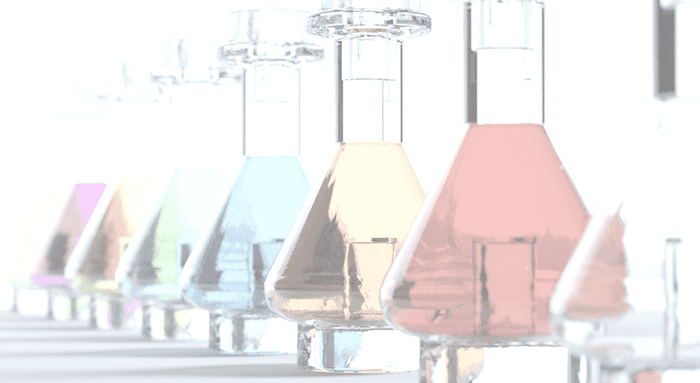Blue Bottle Jellyfish
Bluebottle (Physalia)
The bluebottle jellyfish is responsible for thousands of stings on Australian beaches each year. Clinical features include intense local pain and dermal erythema. Hot water immersion provides safe symptomatic relief. Unlike Physalia stings in other parts of the world, major systemic envenoming does not occur.

Presentation



Management
- Stings are mild, self‑limiting and respond to first‑aid measures
- Reassure the patient
- Place under a hot shower for 20 minutes (ideal temperature 45ºC). The shower should be hot but not scalding or uncomfortable
- Administer simple oral analgesia such as paracetamol
- Do not apply a pressure immobilisation bandage (PIB) or vinegar, as this may worsen local symptoms
- Transport to hospital is not usually required
Antivenom
- None available.
Differential diagnosis
- Pain associated with irukandji syndrome is usually delayed, severe and generalised. Significant linear dermal markings or welts are notseen
- Envenoming by the box jellyfish (Chironex fleckeri) is associated with immediate pain and obvious dermal markings (large welts). Tentacles may be seen adherent to the skin.
Handy tips
- Ice packs until recently were the recommended first‑aid treatment for stings. The superiority of hot water has now been conclusively demonstrated.
- Most patients do not require any care beyond first-aid
Reference
- Tox Library – Blue Bottle Jellyfish
- Loten C, Stokes B, Wortley D et al. A randomised controlled trial of hot water (45ºC) immersion versus ice packs for pain relief in bluebottle stings. Medical Journal of Australia 2006; 184(7):329-333
- Tibballs J. Australian venomous jellyfish, envenomation syndromes, toxins and therapy. Toxicon. 2006 Dec 1;48(7):830-59.

Toxicology Library
TOXINS
Dr Conor O'Reilly, MB BCh BAO BComm, University College Dublin / Dublin City University, Ireland. In Australia working in Emergency Medicine with an interest in Sports medicine

